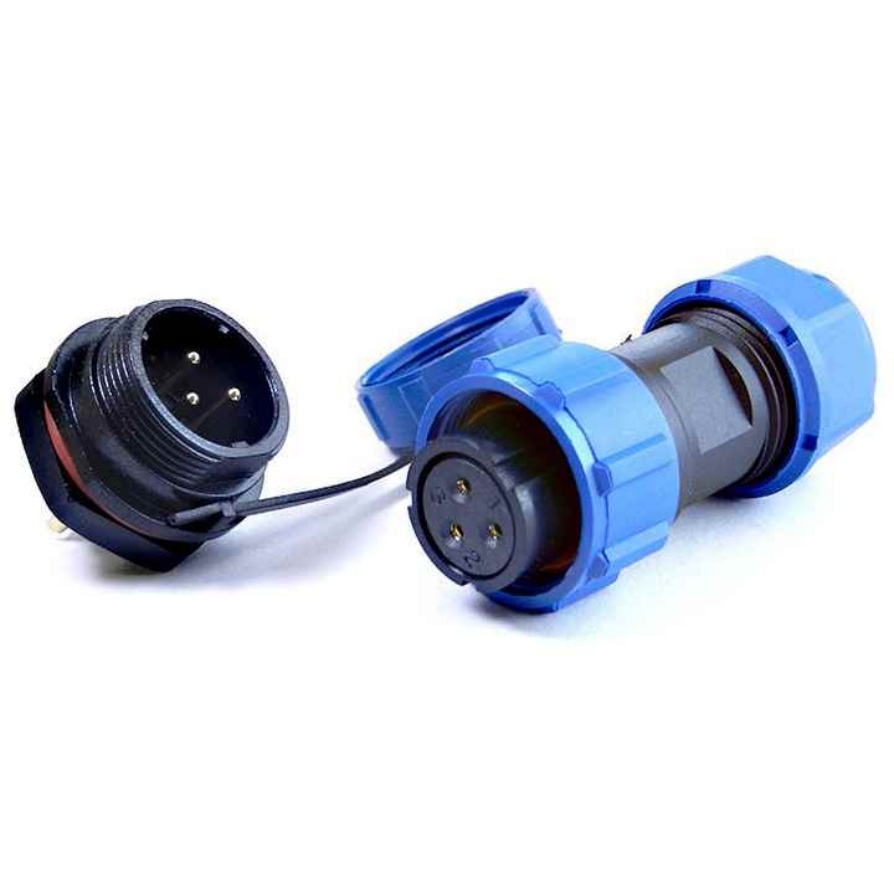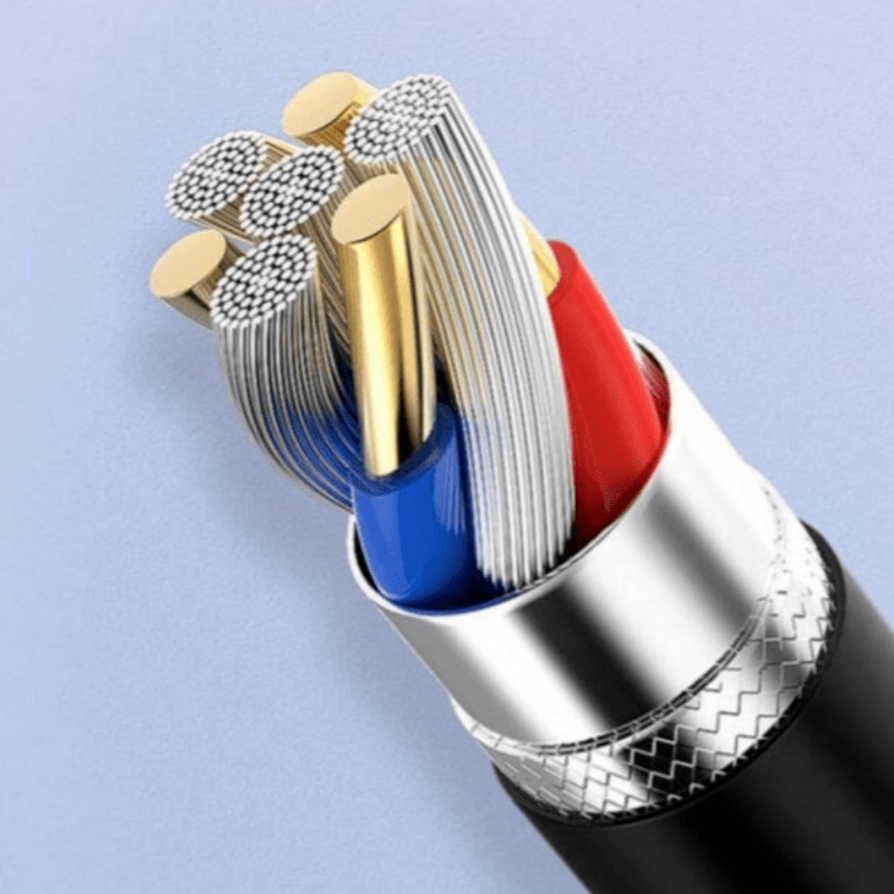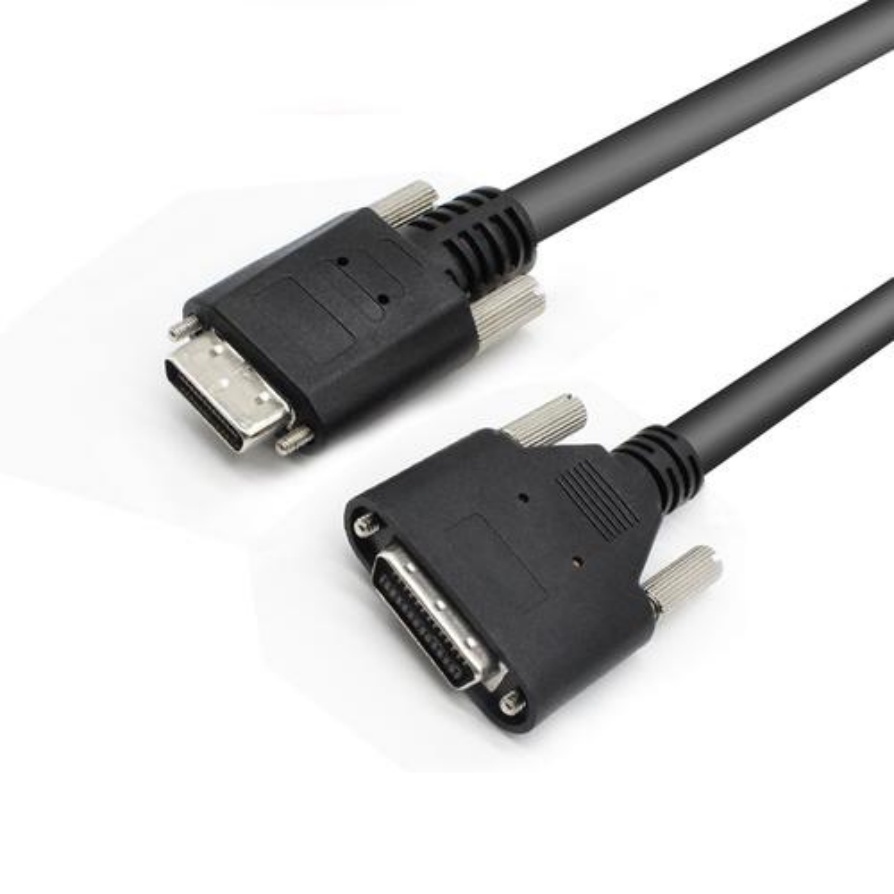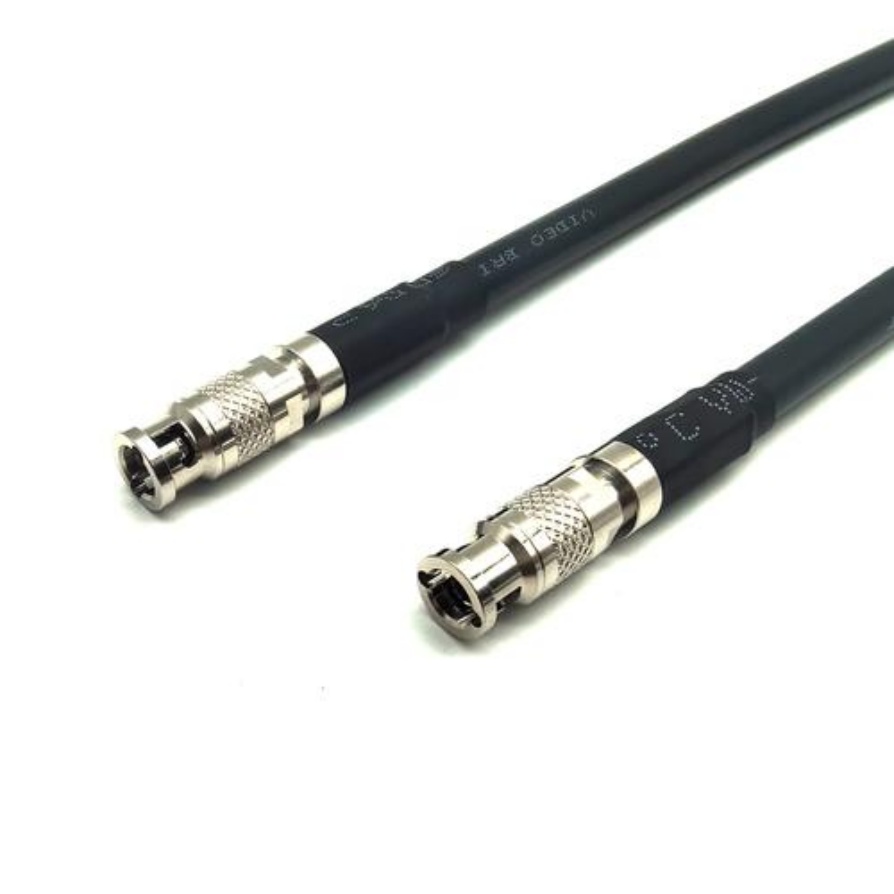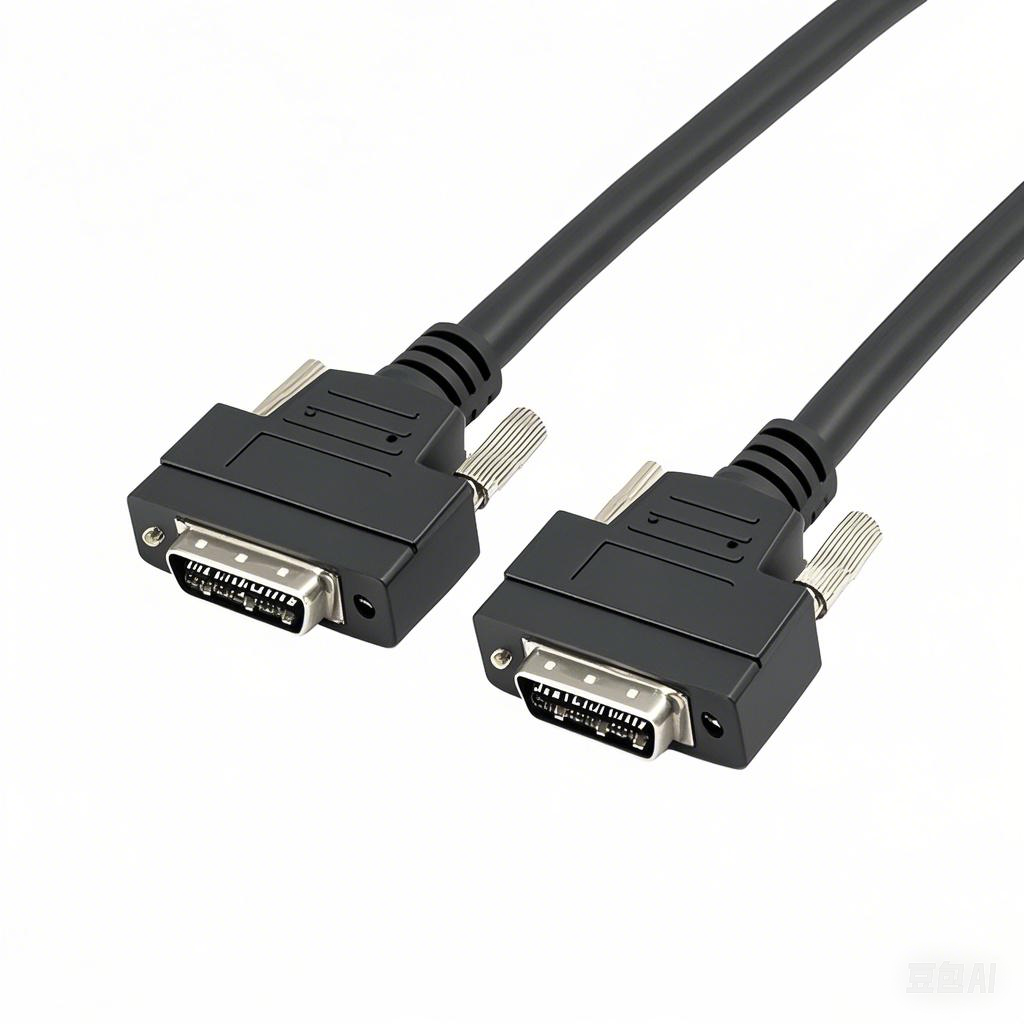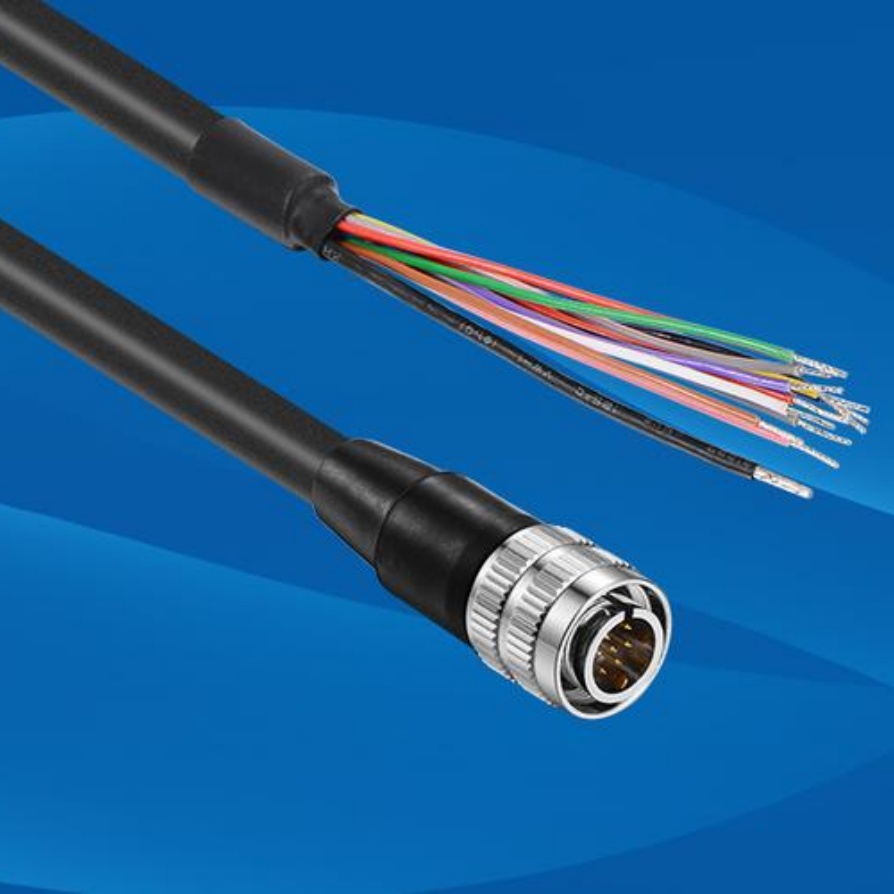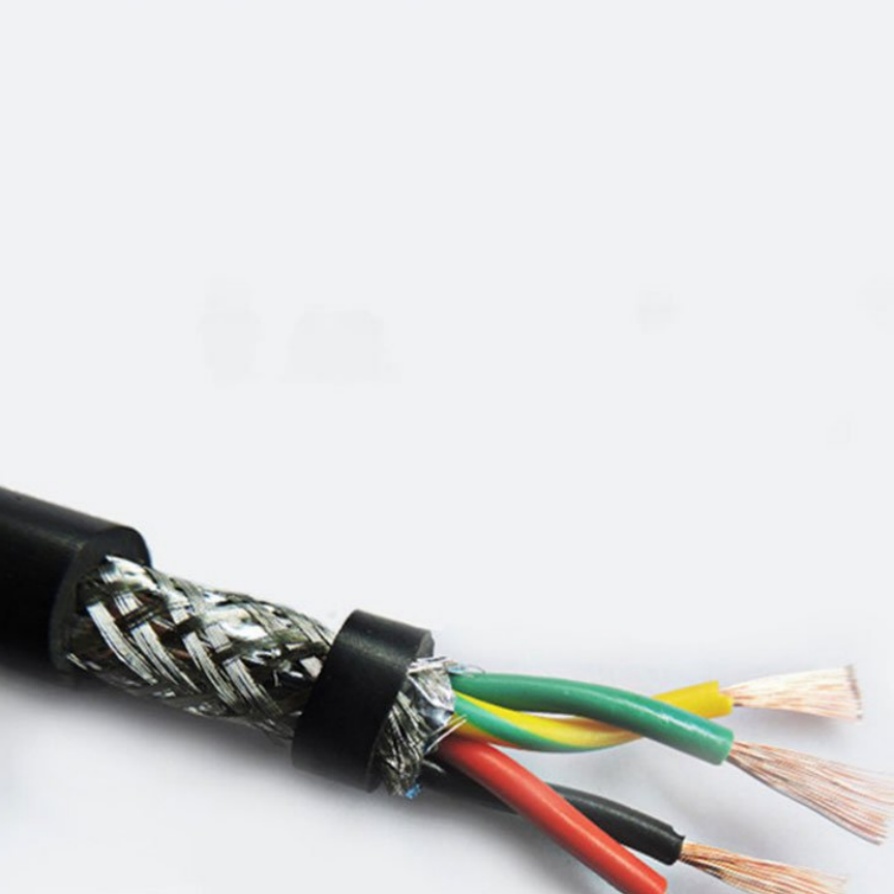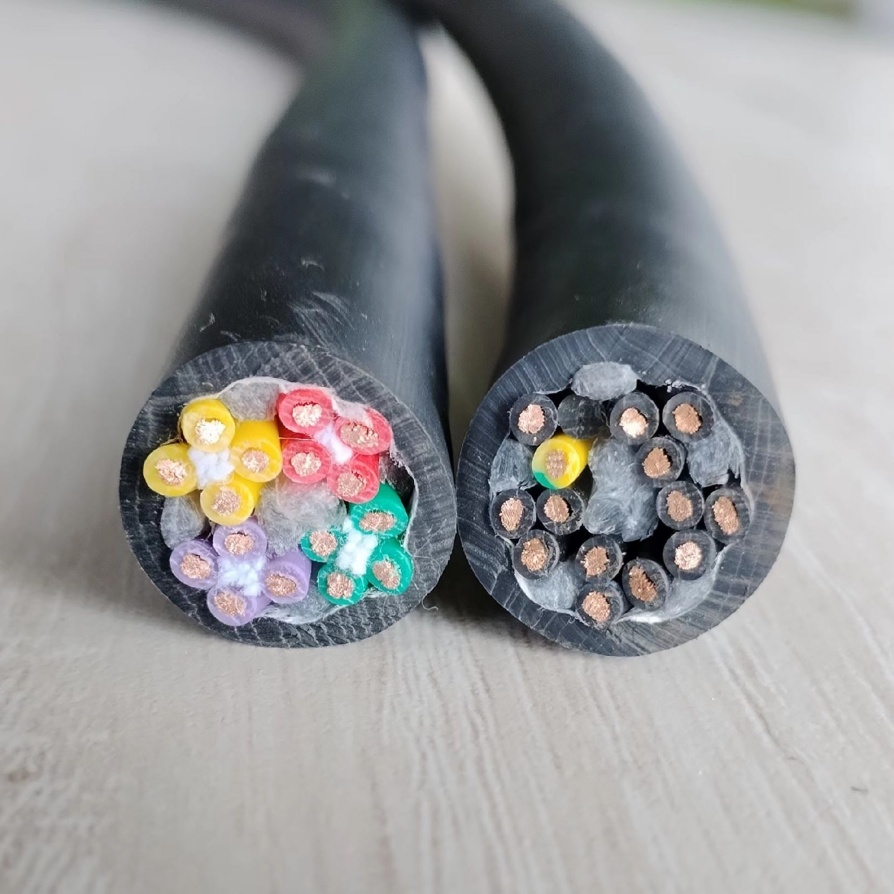What is the difference between machine cable and control cable
In the complex landscape of industrial wiring, two types of cables play pivotal roles but are often confused: machine cable and control cable. Both are integral to the smooth operation of industrial equipment, but their design, functionality, and application scenarios are distinctly different. Understanding these differences is crucial for businesses to make informed decisions when selecting cables for their machinery and systems, as choosing the wrong type can lead to equipment failure, safety hazards, and increased maintenance costs. This article will delve into the key distinctions between machine cable and control cable, focusing on how machine cable stands out as a robust solution for demanding industrial environments.
1. Definition and Core Function
The fundamental difference between machine cable and control cable lies in their core purposes.
Machine Cable, also known as power machine cable or industrial machine cable, is primarily designed to transmit power to industrial machinery and handle the mechanical stresses associated with continuous operation. It is engineered to supply the necessary electrical energy that drives motors, pumps, conveyors, and other heavy-duty equipment. Machine cable is built to withstand the rigors of industrial settings, including constant movement, vibration, and exposure to harsh elements.
Control Cable, on the other hand, is focused on transmitting control signals rather than power. Its main function is to carry low-voltage signals that regulate and monitor the operation of machinery. For example, control cables send signals from a control panel to activate a motor start/stop button, adjust speed, or trigger safety sensors. They are not intended to handle high power loads and are more focused on signal integrity and precision.
2. Structural Differences
The structural design of machine cable and control cable is tailored to their respective functions, with machine cable featuring more robust components to endure industrial challenges.
2.1 Conductor
Machine cable typically uses larger-gauge conductors made of high-purity copper. The larger conductor size is necessary to carry higher current loads required by heavy machinery. For instance, a 3-phase industrial motor may require a machine cable with 4mm² or 6mm² conductors to ensure efficient power transmission without overheating. The copper conductors also have excellent conductivity and ductility, allowing them to withstand repeated bending and flexing.
Control cable uses smaller-gauge conductors, usually ranging from 0.5mm² to 2.5mm². Since it only transmits low-voltage signals, there is no need for large conductors. The conductors may be stranded or solid, but stranded conductors are more common in control cables to provide flexibility for installation in tight spaces, such as control cabinets.
2.2 Insulation and Sheathing
Machine cable requires insulation and sheathing materials that can resist extreme temperatures, oil, chemicals, and physical abrasion. Common insulation materials include cross-linked polyethylene (XLPE) and ethylene propylene diene monomer (EPDM), which offer excellent thermal stability and chemical resistance. The outer sheath is often made of polyvinyl chloride (PVC), polyurethane (PU), or chlorinated polyethylene (CPE). PU sheathing, in particular, is highly durable and resistant to cuts, tears, and impact, making it ideal for machine cables used in harsh environments like manufacturing plants and construction sites.
Control cable insulation is usually made of PVC or polyethylene (PE), which are cost-effective and provide good electrical insulation properties. The outer sheath is also typically PVC, as control cables are often installed in protected areas such as control panels or cable trays, where they are less exposed to physical damage and harsh chemicals. While the insulation and sheathing of control cables are sufficient for their intended use, they are not as robust as those of machine cables.
2.3 Shielding
Shielding is another area where machine cable and control cable differ. Machine cable may or may not have shielding, depending on the application. In environments where electromagnetic interference (EMI) is not a major concern, unshielded machine cables are commonly used. However, in settings with high EMI, such as near power transformers or radio frequency equipment, machine cables may feature a braided copper shield or aluminum foil shield to prevent interference from affecting power transmission.
Control cable, being signal-oriented, often requires shielding to protect the low-voltage signals from EMI and radio frequency interference (RFI). Without proper shielding, signal distortion can occur, leading to incorrect operation of machinery. Control cables typically use braided shields, foil shields, or a combination of both. Braided shields offer better flexibility and mechanical strength, while foil shields provide complete coverage against interference.
3. Technical Parameters
Several technical parameters distinguish machine cable from control cable, including voltage rating, temperature range, and bending radius.
3.1 Voltage Rating
Machine cable is designed for high-voltage applications. The voltage rating of machine cables can range from 300V/500V to 600V/1000V or higher, depending on the specific requirements of the machinery. For example, heavy-duty industrial motors may require machine cables with a voltage rating of 1kV to ensure safe and efficient power supply.
Control cable has a much lower voltage rating, typically between 300V/500V or 450V/750V. Since it only transmits control signals, high voltage is not necessary, and lower voltage ratings help reduce the risk of electrical shock and signal interference.
3.2 Temperature Range
Machine cable is built to withstand a wide temperature range. Depending on the insulation and sheathing materials, machine cables can operate in temperatures from -40°C to +105°C or higher. This makes them suitable for use in extreme environments, such as foundries where temperatures are high, or cold storage facilities where temperatures are below freezing.
Control cable has a more limited temperature range, usually from -20°C to +70°C for standard PVC-insulated cables. Specialized control cables with high-temperature insulation may tolerate up to +105°C, but they are not as common as high-temperature machine cables.
3.3 Bending Radius
The bending radius is the minimum radius a cable can be bent without damaging its structure or affecting its performance. Machine cable, especially those used in moving parts of machinery (such as robotic arms or conveyor systems), requires a small bending radius to accommodate frequent movement. Flexible machine cables may have a bending radius of 6-10 times the cable diameter, allowing them to bend and flex repeatedly without breaking.
Control cable also has a bending radius requirement, but it is generally larger than that of machine cable. Standard control cables have a bending radius of 8-12 times the cable diameter, as they are less likely to be subjected to constant flexing and movement.
4. Application Scenarios
The application scenarios of machine cable and control cable are distinct, based on their design and capabilities.
4.1 Machine Cable Applications
Machine cable is widely used in heavy industry, manufacturing, and automation. Some common applications include:
- Power supply for industrial motors, pumps, and compressors in manufacturing plants.
- Wiring for robotic systems and automated production lines, where cables must withstand constant movement and vibration.
- Connection of heavy machinery in construction sites, mining operations, and oil refineries, where cables are exposed to dust, dirt, and harsh chemicals.
- Power transmission in marine and offshore environments, where cables must resist saltwater corrosion and extreme weather conditions.
4.2 Control Cable Applications
Control cable is primarily used in control systems and automation, including:
- Wiring in control panels and switchboards to connect buttons, indicators, and relays.
- Signal transmission between sensors, actuators, and programmable logic controllers (PLCs) in automated systems.
- Communication between different components of machinery, such as between a motor controller and a speed sensor.
- Low-voltage signal transmission in HVAC systems, lighting controls, and building automation.
5. Performance Requirements
Machine cable and control cable have different performance requirements based on their intended use.
Machine Cable Performance Requirements: The key performance requirements for machine cable include high current-carrying capacity, mechanical strength, resistance to abrasion, oil, chemicals, and extreme temperatures, as well as flexibility for dynamic applications. Machine cables must also meet strict safety standards to prevent electrical fires and shocks in industrial environments.
Control Cable Performance Requirements: For control cable, the main performance requirements are signal integrity, low signal loss, and resistance to EMI/RFI. Control cables must transmit signals accurately over long distances without distortion, ensuring that machinery operates correctly. They also need to be flexible for easy installation in control cabinets and tight spaces.
6. Practical Case Example
To better understand the difference between machine cable and control cable, let’s consider a practical example in an automotive manufacturing plant. In a car assembly line, a robotic arm is used to weld car bodies. The robotic arm is powered by a 3-phase industrial motor, which requires a machine cable to supply power. The machine cable used here has a 4mm² conductor, XLPE insulation, and a PU sheath to withstand the high current, vibration from the robotic arm, and exposure to welding sparks and oil.
同时,the robotic arm’s movement is controlled by a PLC, which sends signals to the arm’s actuators to adjust its position and welding parameters. A control cable is used to transmit these signals from the PLC to the actuators. The control cable has 0.75mm² conductors, PVC insulation, and a braided shield to protect the signals from EMI generated by the welding equipment. Without the machine cable, the robotic arm would not have the power to operate, and without the control cable, the PLC could not regulate the arm’s movement—highlighting the unique and essential roles of each cable type.
Choose FRS: Your Trusted Machine Cable Manufacturer
When it comes to selecting high-quality machine cable for your industrial applications, FRS is the brand you can rely on. With years of experience in the cable manufacturing industry, FRS understands the unique demands of industrial environments and engineers machine cables that meet and exceed the highest standards.
Our machine cables feature large-gauge high-purity copper conductors for efficient power transmission, robust insulation and sheathing materials (such as XLPE, EPDM, and PU) that resist extreme temperatures, oil, chemicals, and abrasion, and flexible designs with small bending radii for dynamic applications. Whether you need machine cables for manufacturing plants, robotic systems, construction machinery, or marine environments, FRS has a solution tailored to your needs.
At FRS, we prioritize quality and safety. All our machine cables undergo rigorous testing, including voltage withstand tests, temperature resistance tests, and mechanical strength tests, to ensure they perform reliably in even the harshest conditions. We also adhere to international standards such as IEC, UL, and CE, giving you peace of mind that our cables meet global safety and performance requirements.
In addition to our high-quality products, FRS offers exceptional customer service. Our team of experts is ready to provide technical support and help you select the right machine cable for your specific application. We also offer customization options, including different conductor sizes, insulation materials, and sheath colors, to meet your unique requirements.
Don’t compromise on the performance and safety of your industrial machinery. Choose FRS machine cables for durability, reliability, and peace of mind. Contact us today to learn more about our machine cable products and how FRS can support your business needs.


